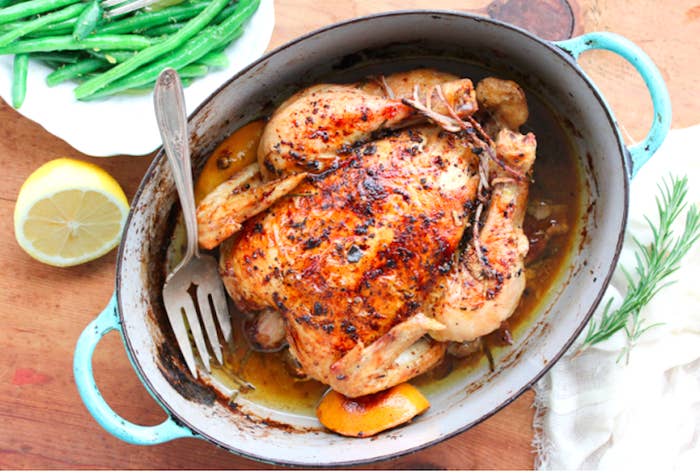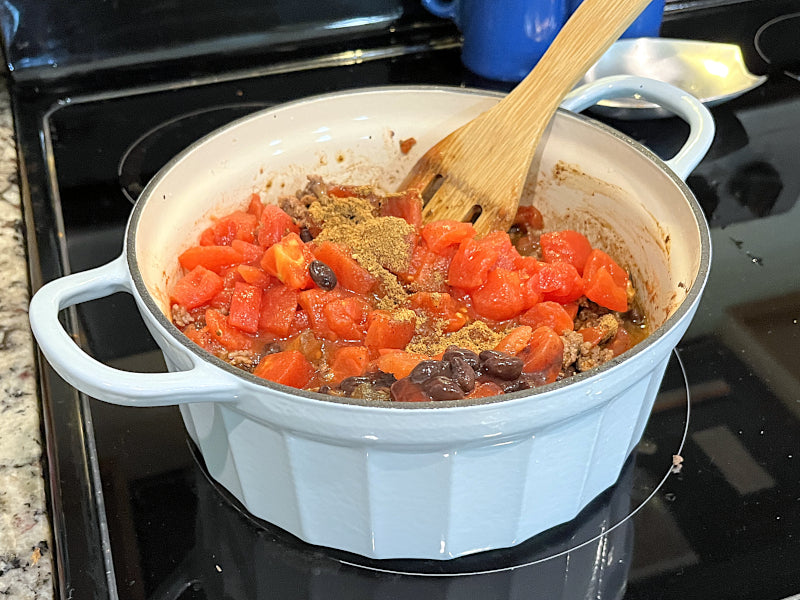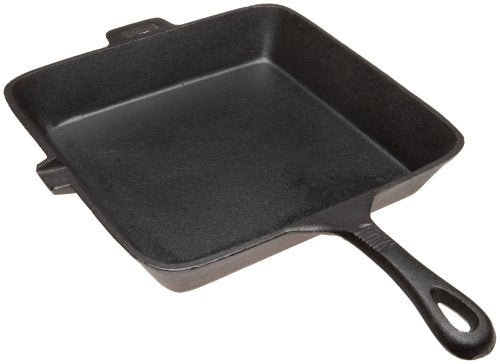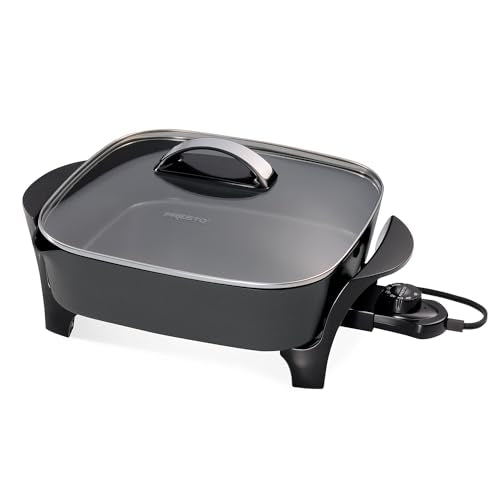When you step into the world of gourmet cooking or even everyday meal preparation, a Dutch oven quickly becomes a kitchen essential. But one common question arises: how many quarts is a Dutch oven? Understanding the size and capacity of this versatile cooking vessel is crucial, particularly for kitchen professionals who aspire to optimize their culinary creations.
For those not familiar, a Dutch oven is a heavy-duty pot, commonly made of cast iron, that can be used for a multitude of cooking methods, from slow-cooking to baking. The quarts measurement typically indicates the volume of food the oven can handle, so knowing the size can help you choose the right one for your culinary endeavors.

Understanding Dutch Oven Capacities
Dutch ovens come in various sizes, often ranging from 2 quarts to 8 quarts or more. This variation means that a kitchen professional needs to match the pot size to the intended dish. For instance, a 2-quart Dutch oven is ideal for small meals such as side dishes or sauces, while larger sizes are suitable for stews, roasts, and even baking bread.
Common Sizes and Their Uses
Understanding the different capacities can help you select the right Dutch oven:
- 2-4 Quarts: Perfect for smaller dinners, side dishes, or soups.
- 5-6 Quarts: The most versatile size, working well for casseroles, larger cuts of meat, and family meals.
- 7-8 Quarts: Designed for feeding larger groups, ideal for batch cooking and entertaining.
When deciding on the size, consider your typical meal sizes and whether you often cook for a crowd. For those who host dinners frequently, a larger Dutch oven may be more beneficial. Many kitchen professionals recommend a size in the 5-6 quart range as the most practical and versatile.
Choosing the Right Material
While the size of the Dutch oven is important, the material it is made from also plays a crucial role in its cooking capabilities. Cast iron is the most common material for a Dutch oven, known for its excellent heat retention and distribution. Some Dutch ovens are also lined with enamel, providing a non-reactive surface that is easy to clean.
Benefits of Cast Iron Dutch Ovens
- Heat Retention: Cast iron maintains temperature effectively, which is crucial for slow-cooked dishes.
- Durability: With proper care, a cast iron Dutch oven can last a lifetime.
- Versatility: Suitable for stovetop, oven, and even outdoor cooking methods.
When evaluating how many quarts is a Dutch oven, think about the type of dishes your kitchen demands and how often you cook. Larger Dutch ovens facilitate extensive meal preparations, while smaller ones are excellent for quick dinner solutions or smaller portions.
Answering the Size Conundrum
One helpful tip when pondering on how many quarts is a Dutch oven is to remember that bigger is not always better. While larger Dutch ovens allow for batch cooking, if you tend to cook smaller meals, a lower-quartage might suit your needs better. Additionally, consider how your cooking style aligns with the pots capacity. Are you a meal-prepper? Does your family eat in sizable portions? These questions will guide you towards your ideal size.
Popular Options in the Market
With so many models available, here are some popular options to consider when shopping for a Dutch oven:
- Le Creuset: Renowned for their quality enameled cast iron, available in various colors and capacities.
- Staub: Known for its exceptional heat retention and tight-fitting lid that traps moisture.
- Camp Chef: Specializes in outdoor Dutch ovens, perfect for grilling or camping applications.
Regardless of which option you choose, make sure it is made of heavy-duty material to handle the rigors of kitchen use.
Maintenance and Care for Your Dutch Oven
Proper care of your Dutch oven extends its life and ensures optimal performance. Here are some tips for maintaining its quality:
- Cleaning: Always clean your pot according to its material. For cast iron, avoid soap, and instead use hot water and a stiff brush. Check our guide on cleaning.
- Seasoning: Season your cast iron Dutch oven regularly to maintain its non-stick surface.
- Temperature Control: Avoid shocking a hot pot with cold water or placing a cold pot on high heat, as this could crack the material.
How to Use a Dutch Oven Effectively
Understanding your Dutch oven's capacity helps in selecting recipes that suit it perfectly. Smaller pots work well for small dishes, while larger ones can handle full meals, including large cuts of meat. You can also bake a loaf of bread in your Dutch ovencheck out this awesome guide on baking bread.

FAQs about Dutch Ovens
1. What is the ideal Dutch oven size for a family of four?
A 5 to 6-quart Dutch oven is generally perfect for a family of four, allowing you to prepare sufficient portions.
2. Can you cook on high heat in a Dutch oven?
Dutch ovens are designed for long, slow cooking, but they can withstand higher heats for browning or searing. Just ensure that you keep an eye on the temperature to avoid damaging it.
3. Is a Dutch oven suitable for baking?
Yes! A Dutch oven works wonderfully for baking bread and even desserts. It retains heat well, creating a perfect baking environment.
In conclusion, understanding how many quarts is a Dutch oven can greatly impact your cooking experience. This kitchen tool's versatility and efficient heat distribution make it a favorite for many professional culinary artists. As you consider your options, don't forget factors like material, size needs, and how often you entertain. Happy cooking!
This article contains affiliate links. We may earn a commission at no extra cost to you.






Leave a comment
This site is protected by hCaptcha and the hCaptcha Privacy Policy and Terms of Service apply.